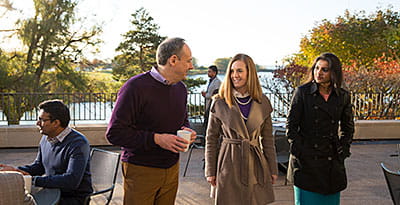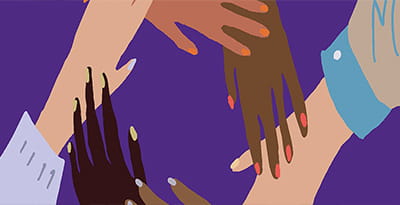
Thought Leadership
Three Factors of Surviving Brand Scandals
Understanding why consumers may or may not forgive your brand's stumble
You’re an executive at a company that’s just been featured in a headline-level scandal. How will your brand weather the scandal with consumers? According to research by Kellogg’s Alice Tybout and Wake Forest’s Michelle Roehm, the answer depends on at least three factors: how positively consumers felt about your company to begin with, where they read the story and how easily they can personalize the problem and imagine it affecting them.
Those three points can be considered in order, according to Tybout, who is the academic director and faculty for Kellogg Executive Education’s Kellogg on Consumer Marketing Strategy and Kellogg on Branding programs. Whether the brand enjoys a certain amount of positive sentiment or goodwill built up with its consumer base is the starting point. Then the matter of whether or not the customer applies that goodwill depends on where they read the news.
Seeing a story in a print publication allows for the kind of contemplation and reflection that enables consumers’ positive sentiment to filter their opinion. Seeing it online, on the other hand, motivates consumers to reach for the “share” button without devoting that kind of thought to the story. And even when the print-enabled consideration occurs, a consumer can be punishing rather than forgiving if they can easily imagine the scandal issue touching them personally.
“This is not a one-size-fits-all situation,” Tybout explained. “What is your brand’s stature? Being a well-loved brand certainly can be helpful in offsetting a scandal. Second, how will the segment of the public that’s important to you hear about the scandal? If it’s likely to be online, they’re more likely to be in a reactive mode and want to share it. If it’s via print, they’re more likely to be reflective and think about the news in association with what they already know or believed about the brand. Finally, how closely can consumers connect the scandal to the way they or others like them interact with the brand? For example, social-responsibility scandals—poor conditions for workers in Apple’s China-based factories, The Gap’s Indonesian water-pollution issues—are likely to increase consumers’ general cynicism about brands but may have a limited impact on a well-regarded brand because they are remote and easy to discount. By contrast, when the scandal impacts consumers’ experience with the brand and, especially, if it involves potential harm to users—a defective chin strap on a football helmet or a phone catching fire—greater thought may lead to more consideration of the damage that could occur, and reflection may lead to an increasingly negative view of the brand.”
“Unfortunately, there are no hard and fast rules to apply to every eventuality,” Tybout observed. “Our research provides a framework for thinking about how to respond to scandals based on the nature of your brand, the media from which key consumers are likely to learn about the scandal, and the personal, emotional impact of the scandal on consumers. The framework helps the manager think about the different reactions that are likely to occur in the online environment versus the print environment, and when a scandal is more one of corporate responsibility versus one involving potential product harm.”
Brands must weigh all of these factors to determine what the most likely consumer response to the scandal is and respond accordingly. “I wish I could say, ‘Here’s what you should do’ regardless of the situation.” Tybout explained. “But optimal response to scandals is similar to that for most marketing questions: It depends.”
 |
For more on Roehm and Tybout's research, see their detailed exploration of their methodology and conclusions. |



